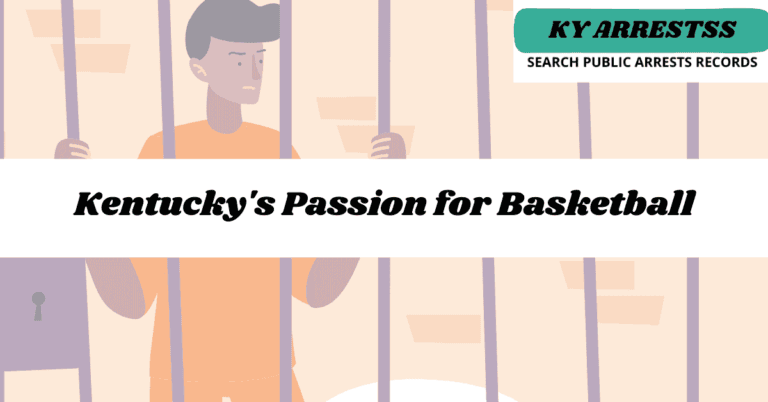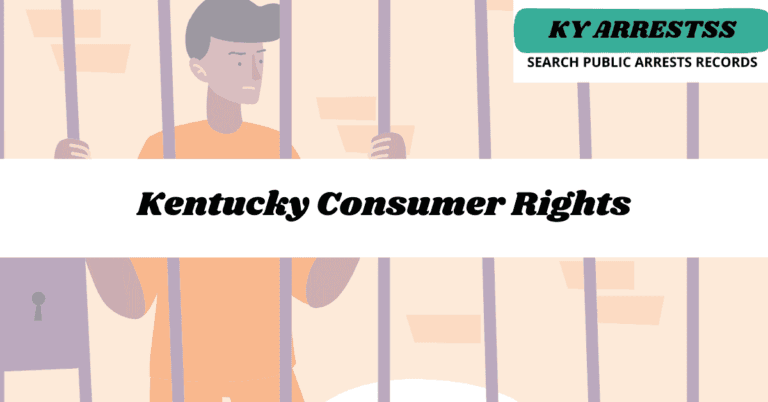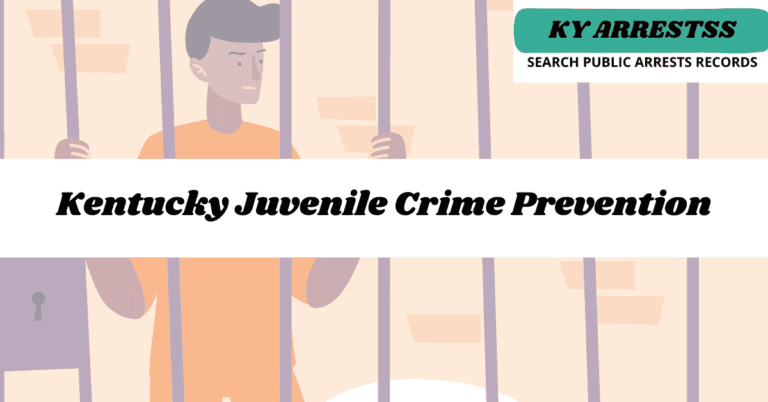Kentucky Inmate Rehabilitation Programs
In the labyrinth of criminal justice, where punishment often takes center stage, the concept of rehabilitation shines as a beacon of hope for both inmates and society at large. Kentucky, like many states, recognizes the importance of offering rehabilitation programs to its incarcerated population as a means of reducing recidivism and fostering successful reintegration into society.
Overview of Kentucky Inmate Rehabilitation Programs
Kentucky’s journey in the realm of inmate rehabilitation programs traces back decades. Today, it boasts a diverse array of initiatives aimed at addressing the multifaceted needs of its inmate population. From educational programs to vocational training, substance abuse treatment to mental health services, the state has taken comprehensive steps towards holistic rehabilitation.
Types of Rehabilitation Programs
Educational programs form the cornerstone of Kentucky’s rehabilitation efforts. Inmates have access to literacy courses, GED preparation, and even higher education opportunities, empowering them with valuable skills for future employment. Vocational training programs further enhance inmates’ prospects by providing hands-on training in trades such as carpentry, plumbing, and automotive repair.
Success Rates of Kentucky Inmate Rehabilitation Programs
The success of Kentucky’s rehabilitation programs is not merely anecdotal; it is backed by empirical evidence. Statistical data reveals significant reductions in recidivism rates among participants compared to those who do not engage in such programs. Moreover, case studies underscore the transformative impact of rehabilitation on individual lives, illustrating stories of redemption and second chances.
Challenges and Limitations
Despite the strides made in inmate rehabilitation, Kentucky faces its fair share of challenges. Limited funding often constrains the expansion and efficacy of these programs, while overcrowding in prisons exacerbates logistical issues. Moreover, the persistent specter of recidivism serves as a sobering reminder of the work yet to be done.
Innovative Approaches
To surmount these challenges, Kentucky has embraced innovative approaches to rehabilitation. Collaboration with community organizations extends the reach of existing programs, while peer mentoring initiatives foster a sense of camaraderie and support among inmates. These novel strategies not only augment traditional rehabilitation efforts but also imbue them with a sense of solidarity and belonging.
Impact on Recidivism
The true measure of rehabilitation lies in its ability to break the cycle of recidivism. Kentucky’s programs have demonstrated remarkable success in this regard, with participants exhibiting lower rates of repeat offenses compared to their non-participating counterparts. This reduction in recidivism not only alleviates the burden on the criminal justice system but also underscores the transformative potential of rehabilitation.
Cost-effectiveness
Beyond its humanitarian imperative, inmate rehabilitation also holds significant economic implications. Studies have shown that investing in rehabilitation programs yields substantial returns in terms of reduced incarceration costs and enhanced societal productivity. By diverting resources towards rehabilitation, Kentucky not only promotes public safety but also maximizes its fiscal efficiency.
Role of Technology
In an increasingly digitized world, technology has emerged as a powerful ally in the realm of inmate rehabilitation. E-learning platforms offer flexible educational opportunities, while virtual reality simulations provide immersive training experiences. These technological innovations not only enhance the efficacy of rehabilitation programs but also cater to the diverse learning needs of inmates.
Legislative Support and Policy Changes
Kentucky’s commitment to inmate rehabilitation is further underscored by legislative support and policy changes. Government initiatives allocate resources towards expanding rehabilitation programs, while legislative reforms seek to address systemic barriers to reintegration. By enacting progressive policies, Kentucky paves the way for a more rehabilitative and equitable criminal justice system.
Case Studies
Behind every statistic lies a story of resilience and redemption. Kentucky’s rehabilitation programs have yielded countless success stories, each a testament to the transformative power of rehabilitation. From individuals overcoming addiction to former inmates finding gainful employment, these case studies offer glimpses into the profound impact of rehabilitation on individual lives and communities.
Public Perception and Support
Changing attitudes towards rehabilitation are essential for its continued success. Kentucky has witnessed a shift in public perception, with increasing recognition of the importance of rehabilitation in promoting public safety and social justice. Moreover, widespread community support is crucial for sustaining rehabilitation efforts and fostering a culture of empathy and inclusion.
Future Directions
As Kentucky looks to the future, it must remain vigilant in its pursuit of rehabilitation excellence. Potential improvements, such as expanded access to mental health services and enhanced reentry support, promise to further bolster the efficacy of rehabilitation programs. By embracing emerging trends and staying attuned to evolving needs, Kentucky can chart a course towards a more rehabilitative and equitable future.
FAQs
What is the purpose of Kentucky Inmate Rehabilitation Programs?
The purpose of Kentucky Inmate Rehabilitation Programs is to provide eligible inmates with the necessary tools and resources to reintegrate into society successfully. These programs aim to reduce recidivism rates and promote positive behavioral changes among inmates.
How are the Kentucky Inmate Rehabilitation Programs structured?
The Kentucky Inmate Rehabilitation Programs consist of various components, including educational programs, vocational training, substance abuse treatment, mental health counseling, and life skills development. These programs are designed to address the individual needs of inmates and prepare them for a successful reentry into society.
Who qualifies for Kentucky’s Inmate Rehabilitation Programs?
Eligibility for the Kentucky Inmate Rehabilitation Programs is determined based on various factors, including the inmate’s behavior, sentence length, and the nature of their offense. Inmates who demonstrate a genuine commitment to change and show potential for rehabilitation are considered for participation in these programs.
What benefits do Kentucky’s Inmate Rehab Programs offer participants?
Participants in the Kentucky Inmate Rehabilitation Programs can benefit from a range of opportunities, including acquiring new skills, improving their education, receiving counseling and therapy, and developing a positive support network. These programs aim to equip participants with the necessary tools to secure employment, maintain sobriety, and lead productive lives post-incarceration.
How do Kentucky Inmate Rehab Programs reduce recidivism?
The Kentucky Inmate Rehabilitation Programs play a crucial role in reducing recidivism rates by addressing the underlying causes of criminal behavior and providing inmates with the necessary support and resources for successful reintegration. By focusing on education, vocational training, and rehabilitation, these programs aim to break the cycle of criminality and promote positive change.
Conclusion
In the tapestry of criminal justice, Kentucky’s inmate rehabilitation programs stand as a testament to the power of redemption and second chances. By investing in education, training, and support, Kentucky not only transforms individual lives but also strengthens the fabric of society. As the state continues its journey towards rehabilitation, it must remain steadfast in its commitment to justice, compassion, and human dignity.







